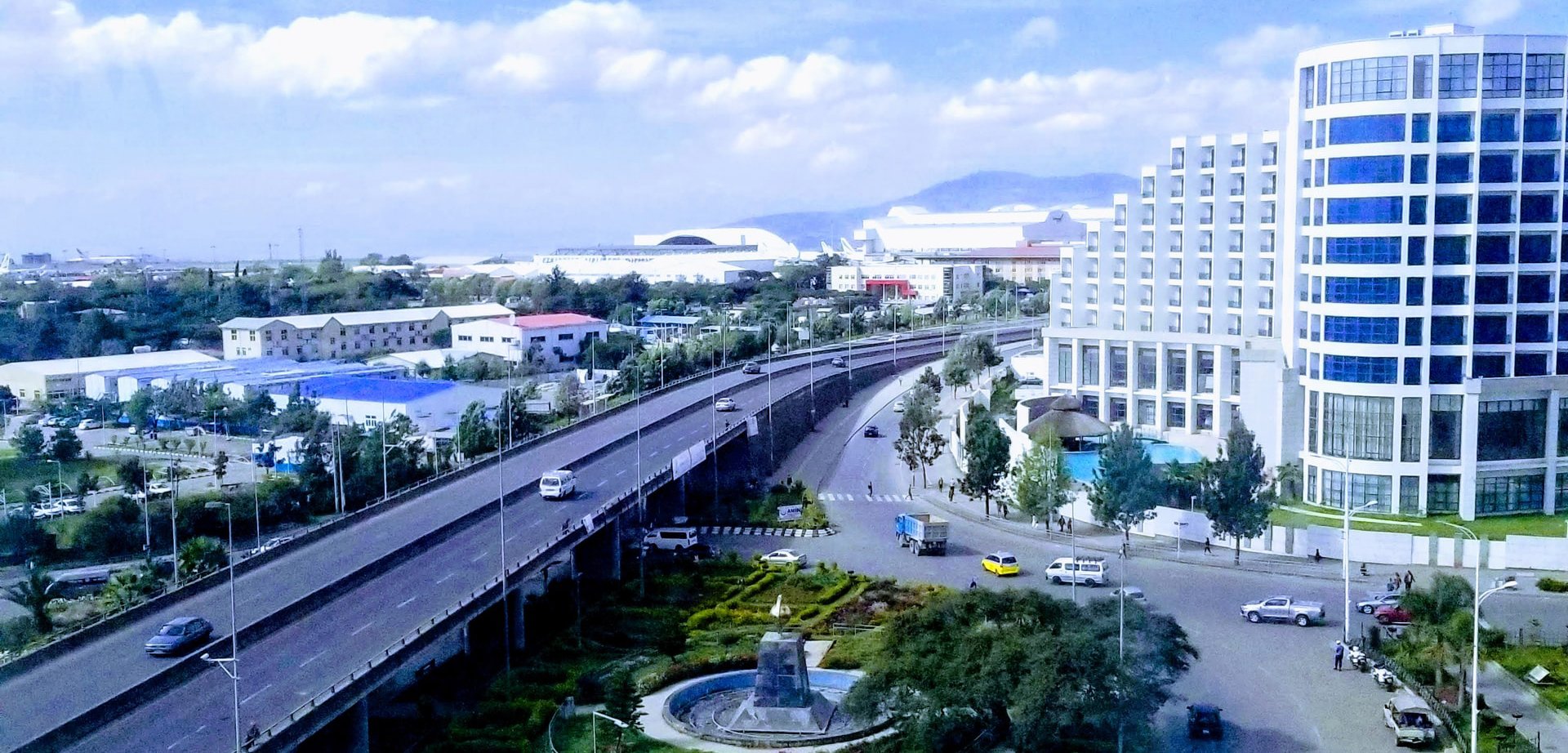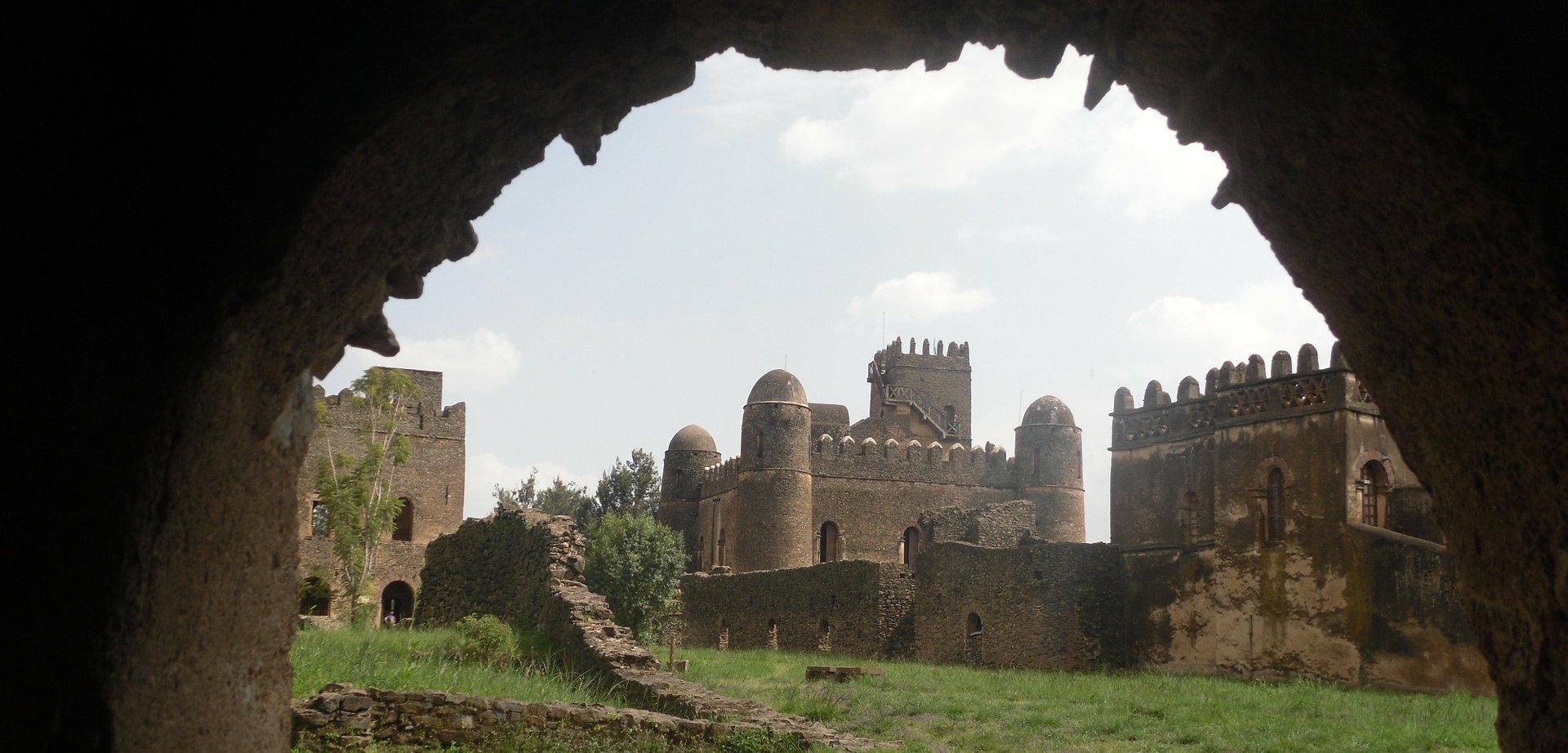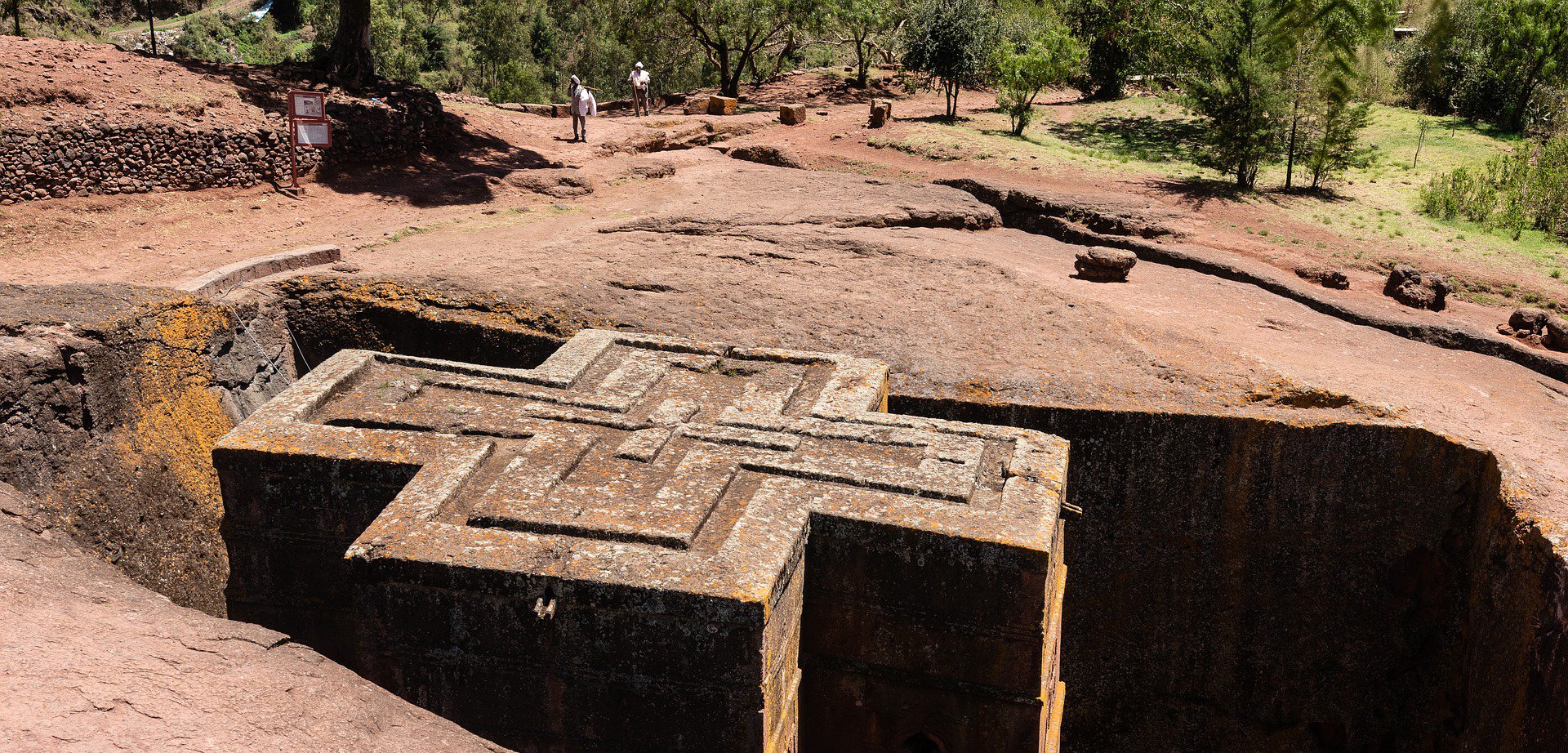Ethiopia Experiences
Addis Ababa
The largest city and capital city of Ethiopia is Addis Ababa, located in the geographic center of Ethiopia. Addis is Africa’s 4th largest city and its diplomatic capital. Visitors can visit its many museums and taste some delicious Ethiopian food. One notable museum is the National Museum that is home to the 3.6 million year old skeleton of “Lucy”. Another place of interest is the Merkato, the largest open air market in Africa.
Gondar
Gondar is nicknamed the “Camelot of Africa” as it was the ancient capital of Ethiopia. It was the home of many Emperors and Princess from the 12th century to the last decade of the 20th century. Here you can visit the castles and churches built by King Fassiladas and his descendants. Gondar Castle is a complex of castles and palaces in the area.
Axum
This is where Christianity first arrived in Ethiopia in the 4th century and Axum is considered to be the holiest city of the Ethiopian Orthodox faith. The city of Axum has been designated as a UNESCO World Heritage site with its ruins of ancient tombs, stelae or obelisks, palaces and churches.
Bahar Dar / Lake Tana
Here you can see the magnificent Blue Nile Falls, a must see attraction in Ethiopia. The falls are known as Tis Abay which means “Great Smoke”. The waterfall cascades down 150 feet.
Lake Tana is Ethiopia’s largest lake and home to 37 islands. Some of these islands boasts churches and monasteries with historical and cultural treasures. Kibran Gabriel is a monastery that was established in the 14th century – only men can to enter. Ura Kidane Mihret, located on the Zeghe peninsula, the monastery is an integral part of the local community. Here, women are allowed inside. The church has colorful frescos with biblical scenes and the history of the Ethiopian Orthodox Church.
Lalibela
Lalibela is one of Ethiopia’s holiest cities and a center of pilgrimage. Ethiopia was one of the earliest nations to adopt Christianity in the first half of the 4th century. Lalibela is famous for the 11 monolithic churches which were hewn out of solid rock. These churches are designated as a UNESCO World Heritage site.
![SITA Canada Final_color [Converted]new_for_wp SITA Canada Final_color [Converted]new_for_wp](https://sitatourscanada.com/wp-content/uploads/2019/12/SITA-Canada-Final_color-Convertednew_for_wp.png)




